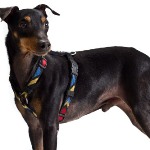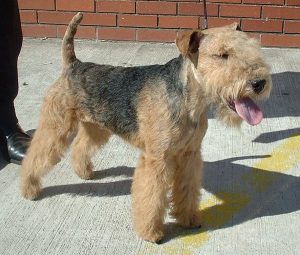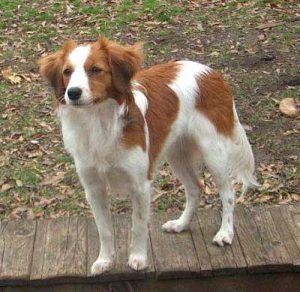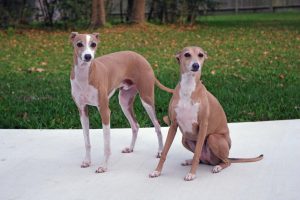Shiba Inu
Find Joy with a Shiba Inu Rescue Florida Today
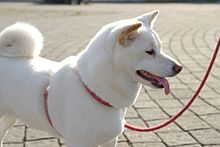
-
Breed Group : Non-Sporting
-
Origin : JAPAN
-
Average Height : 13" - 17"
-
Average Weight : 17 - 23 lbs.
-
Life Span : 12 - 16 years
Photo Courtesy info : Tri-State Shiba Inu Rescue Inc.
-
Size
1 2 3 4 5 6 7 8 9 10 -
Energy
1 2 3 4 5 6 7 8 9 10 -
Intelligence
1 2 3 4 5 6 7 8 9 10 -
Ease of Training
1 2 3 4 5 6 7 8 9 10 -
Hypo-Allergenic
1 2 3 4 5 6 7 8 9 10 -
Shedding
1 2 3 4 5 6 7 8 9 10 -
Good with Kids
1 2 3 4 5 6 7 8 9 10 -
Good with Other Pets
1 2 3 4 5 6 7 8 9 10 -
Guard Dog
1 2 3 4 5 6 7 8 9 10




